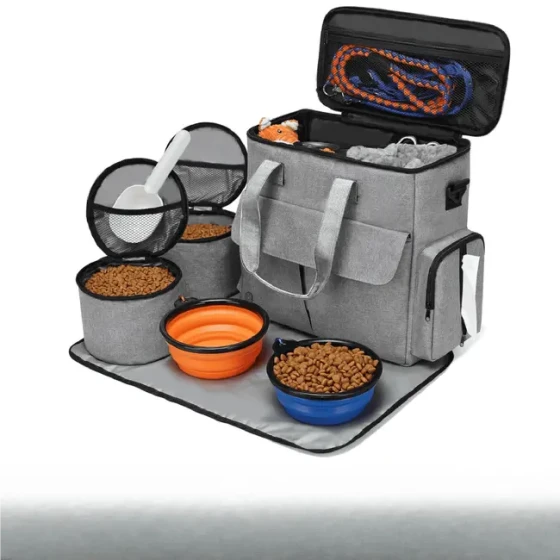Air Transport of Pets
Frequent flyers must have heard or experienced situations where they arrive at their destination only to find their luggage was sent elsewhere. In fact, pets traveling randomly by air have also encountered incidents of being sent to wrong destinations. In addition, because domestic airlines prohibit travelers from carrying pets onboard, the little ones left alone in the cargo cabin must be anxious, unsettled, and extremely frightened.
To avoid accidents and make them a bit more comfortable, please be sure to follow the suggestions below.
· Arrive Early: It is very necessary to consult and book the cabin with the airline two days in advance. Because transporting pets requires aircraft with oxygen-equipped cargo holds, booking in advance and arriving at the cargo area 3 hours before departure ensures your pet travels on the same flight with you.
· Avoid Compression: First, prepare a sturdy and durable special airline crate for transporting your pet, as domestic airlines have certain packaging requirements for live cargo, and it also ensures the pet’s safety. Also, you can tape a plastic item on top of the airline crate to prevent handlers from stacking other items on top of the box.
· Provide Drinking Water: Almost all airline crates come with water containers. You can freeze water in the container ahead of time by putting it in the fridge, then install these frozen water bottles inside the crate when boarding, so there’s no worry about spilled water leaving the pet thirsty.
· Avoid Transfers: As long as there are no transfers during the journey, the possibility of the pet being sent to the wrong place is greatly reduced.
If your flight is delayed, you can request the cargo area to delay sending your pet to the freight hold to ensure its safety.
· Sedatives: If your pet is easily nervous or sensitive, you can consult a vet in advance to purchase some sedatives to help calm it down.




